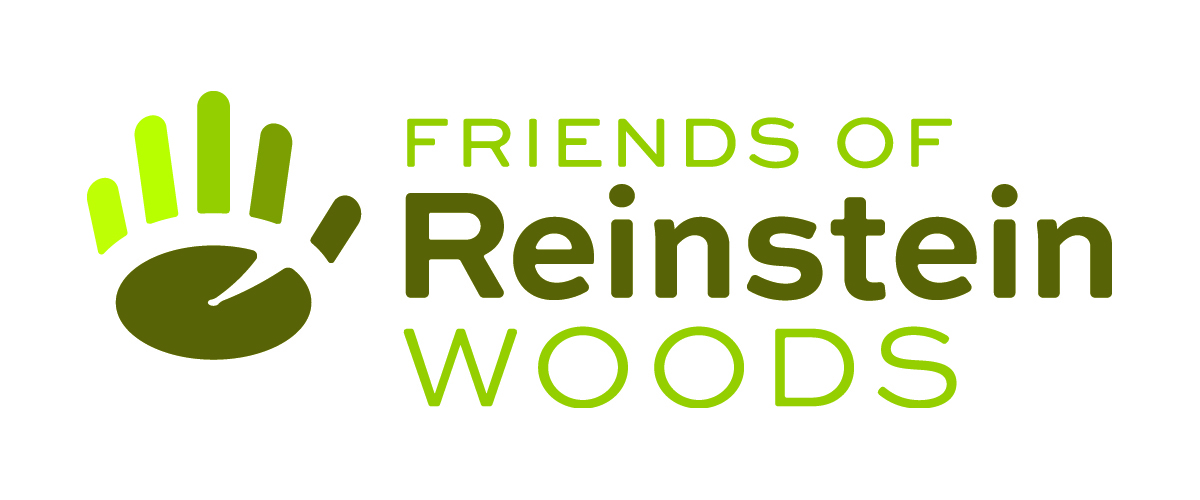Tag Archives: Bird Island Treatment Plant
What Happens When You Flush?
Warning: This story may gross you out. But it will leave you with a greater appreciation of our water resources, so keep reading!
When you flush a toilet at Reinstein Woods, the waste heads through pipes all the way to the Buffalo Sewage Authority’s Bird Island Treatment Plant, located on an actual island just off shore from Buffalo’s Westside and Black Rock neighborhoods. The plant is the second largest sewage treatment plant in the state, and it accepts waste from the city of Buffalo as well as some surrounding suburbs and some septic and grease collection companies.
Thanks to Friends’ board member Denine Jackson, who works in the laboratory at the plant, the Reinstein Woods staff recently toured the plant to better understand the water systems we discuss with students during our popular “Watershed Works” program. On the day of our visit, the plant was anticipating about 120 million gallons of wastewater to flow through the plant, just on that day. The plant is rated to accept up to 560 million gallons per day.
The tour of the plant was fascinating, and staff encountered sewage industry terms like “mixed liquor,” “sludge cakes” and “scum beach” that refer to things that are pretty much as disgusting as they sound. We toured the tallest building on site called the “Megastructure,” a name that made me think we were entering a superhero movie ride, except the only thing taking a ride inside of it was sewage sludge. Sewage sludge is basically all the “solids” in a wastewater stream. The sludge moves through pipes and on conveyor belts through the Megastructure, removing water along the way until eventually the solids end up in an incinerator.
The incinerator is powered by methane collected from “digesters,” giant round tanks where micro-organisms break down waste, giving off methane in the process. By the time the wastewater stream has gone through the digesters, the Megastructure and all of the other treatment steps, most of the human waste and other solids have been removed from the water itself, and the water is eventually discharged into Lake Erie.
None of this, however, is the part that should gross you out. The plant workers take their jobs very seriously and do a heroic job of dealing with waste that the rest of us would like to forget is a part of daily life. They make the water as safe as they can before discharging it back into Lake Erie.
The gross part, what I found upsetting about the tour, was the amount of non-human waste that is in the waste stream. We women are especially bad culprits: plastic tampon applicators were EVERYWHERE. And I mean everywhere; at certain stages the wastewater is in giant outdoor tanks that are open to the air, and birds would pluck objects that float out of the tanks and drop them around the grounds. You get the picture. Even near the end of treatment, a couple steps before the water is chlorinated and released into Lake Erie, workers still have to fish applicators out of the water stream.
Considering we use Lake Erie and the Niagara River for important things like drinking water, we can all do ourselves a favor by not flushing anything down the toilet that isn’t human waste or toilet paper. And I think the plant workers will thank us too!
– Meaghan Boice-Green, Reinstein Woods Center Director

